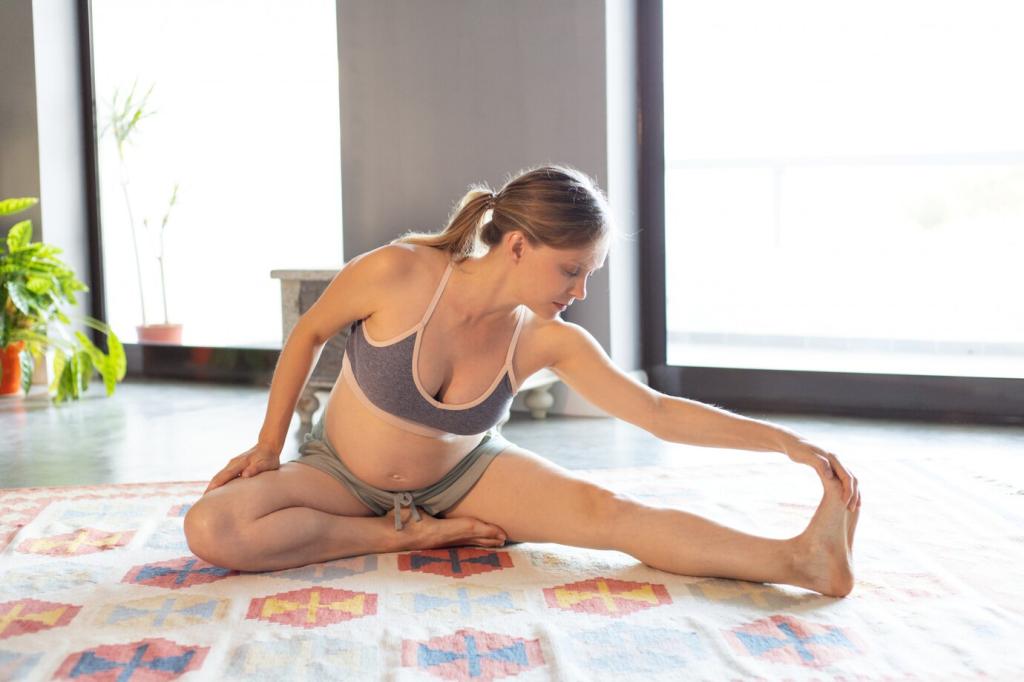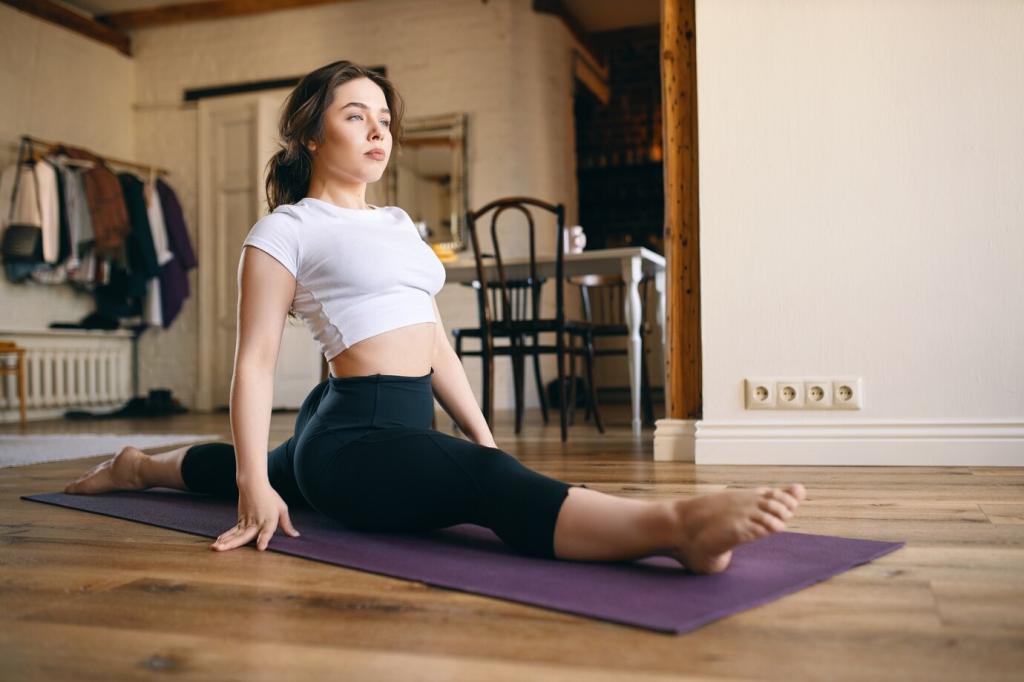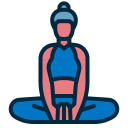Breathing Techniques with Simple Poses
Chosen theme: Breathing Techniques with Simple Poses. Welcome to a soothing space where breath leads movement, tension melts, and small daily rituals transform your energy. Join in, comment with your experience, and subscribe for weekly calm.
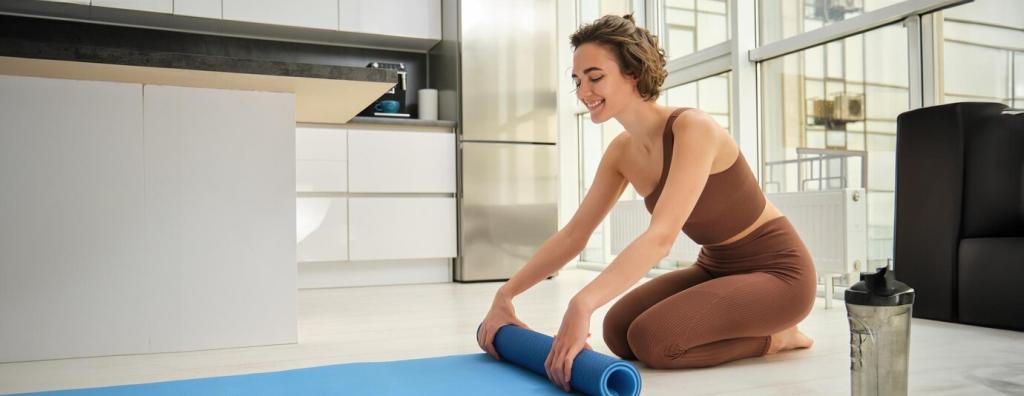
Why Breath-Led Movement Works
Stand tall with feet hip‑width, soften knees, and place one hand on your belly. Inhale steadily through the nose, feel the abdomen expand, exhale slowly and sense your ribs glide inward. This simple pairing steadies posture and mind.
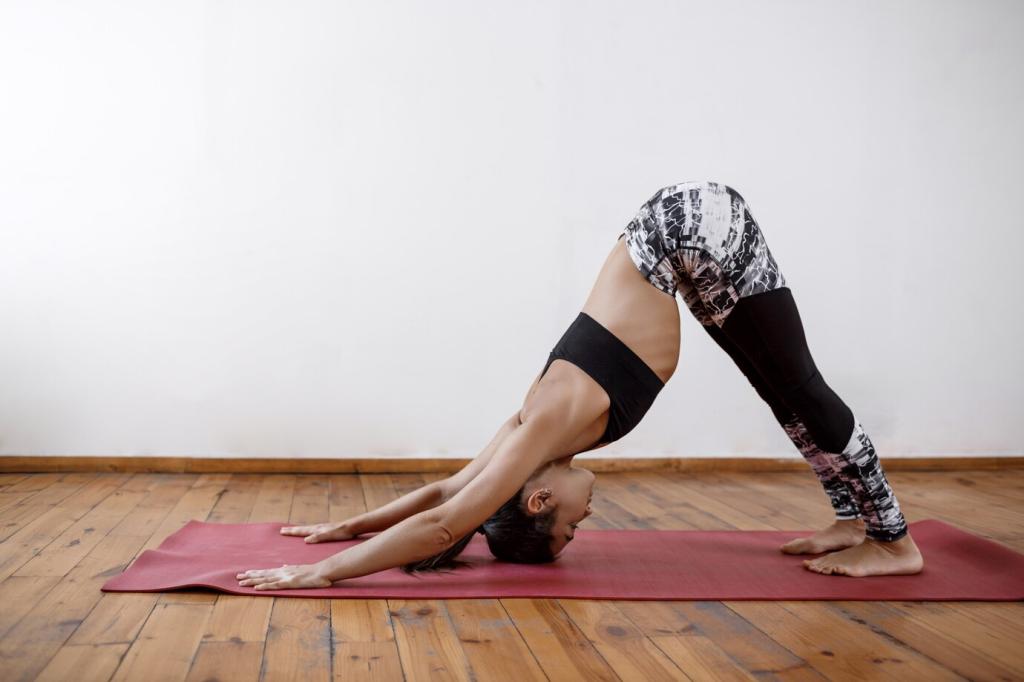
On hands and knees, inhale to lift the chest and tail, exhale to round and expand the back. Keep breaths even, unhurried, and quiet. Five to eight rounds mobilize the spine and set a balanced tempo for everything that follows.
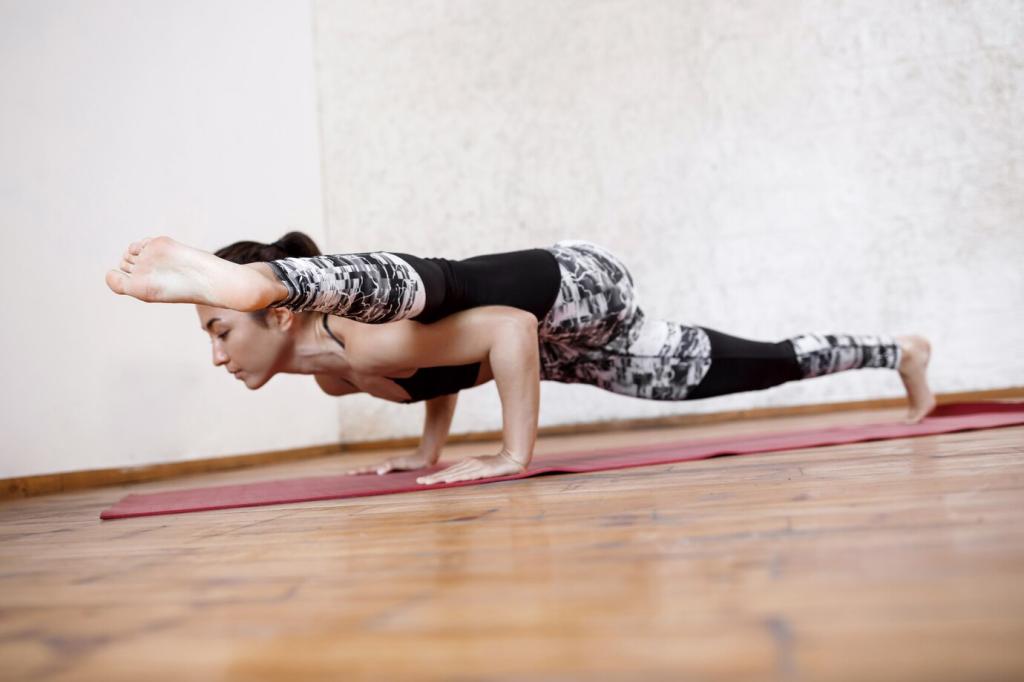
Sit tall, reach one arm overhead, and draw two gentle inhales through the nose, followed by one long mouth exhale. This natural reflex offloads stress quickly. Alternate sides, feeling ribs expand and soften without pulling or forcing.
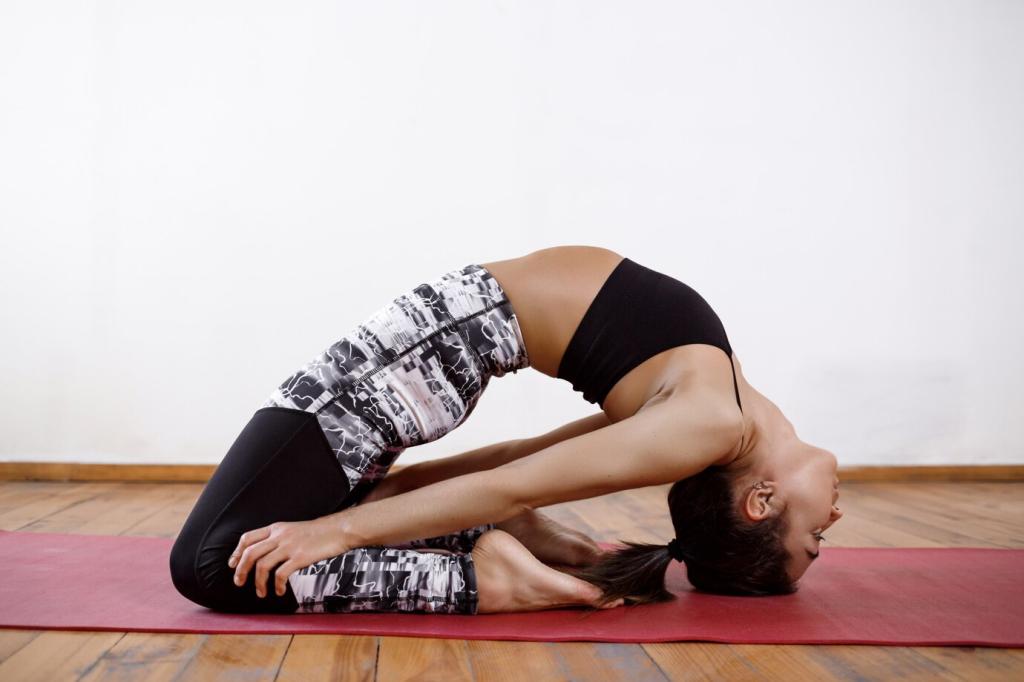
Sit cross‑legged or in a chair, inhale to lengthen your spine, exhale to rotate gently. Count a six‑count exhale to prevent over‑twisting. Three rounds per side steady the mind while maintaining generous space across the low back.
Desk‑Friendly De‑Stressors
Sit upright with feet grounded. Inhale four, hold four, exhale four, hold four. Keep shoulders soft and jaw unclenched. Three minutes smooths mental noise, steadies attention, and helps you reenter tasks with less reactivity and more clarity.
Desk‑Friendly De‑Stressors
Extend one arm, gently flex and extend the wrist while inhaling through the nose. Exhale long as you circle the wrist slowly. This combination reduces tension from typing, supports circulation, and anchors presence in tactile sensation.
Desk‑Friendly De‑Stressors
Close your eyes, inhale softly, and exhale while releasing the tongue from the roof of the mouth. Let the eyelids feel heavy. Two minutes here reduces sympathetic drive, easing headaches and screen fatigue with surprisingly quick relief.
Science Corner: What Your Body Feels
Extending the exhale boosts parasympathetic tone, improving heart rate variability and emotional regulation. Pairing this with Child’s Pose or a forward fold magnifies the effect by signaling safety through pressure, warmth, and grounded contact.
Science Corner: What Your Body Feels
Breathing through the nose increases nitric oxide availability, supporting oxygen uptake and dilation of blood vessels. Gentle poses keep the breath steady, allowing these benefits to unfold without spikes in effort or unnecessary tension.
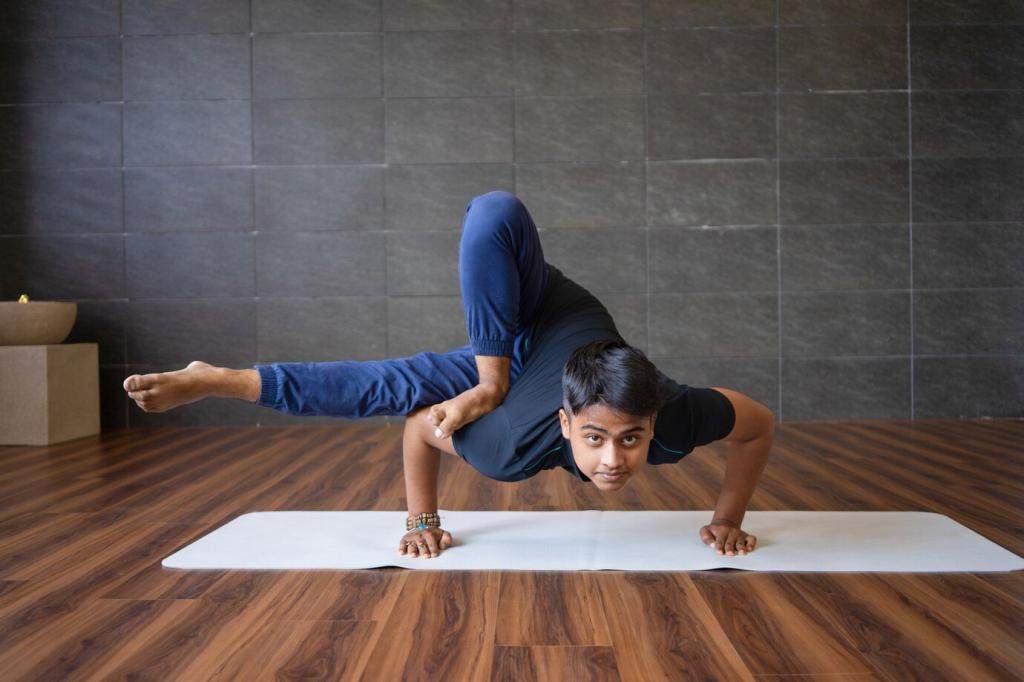
Safety, Accessibility, and Mindful Boundaries
If you have high blood pressure, are pregnant, or feel dizzy, skip holds and forceful breathing. Choose even, comfortable inhales and lengthened exhales. Safety builds trust, and trust allows your breath to deepen naturally over time.
Safety, Accessibility, and Mindful Boundaries
Use a chair for forward folds, a cushion for seated work, or a wall for balance. Support reduces guarding, letting breath flow more freely. Comfortable shapes make the calm response repeatable and enjoyable, not a chore you avoid.
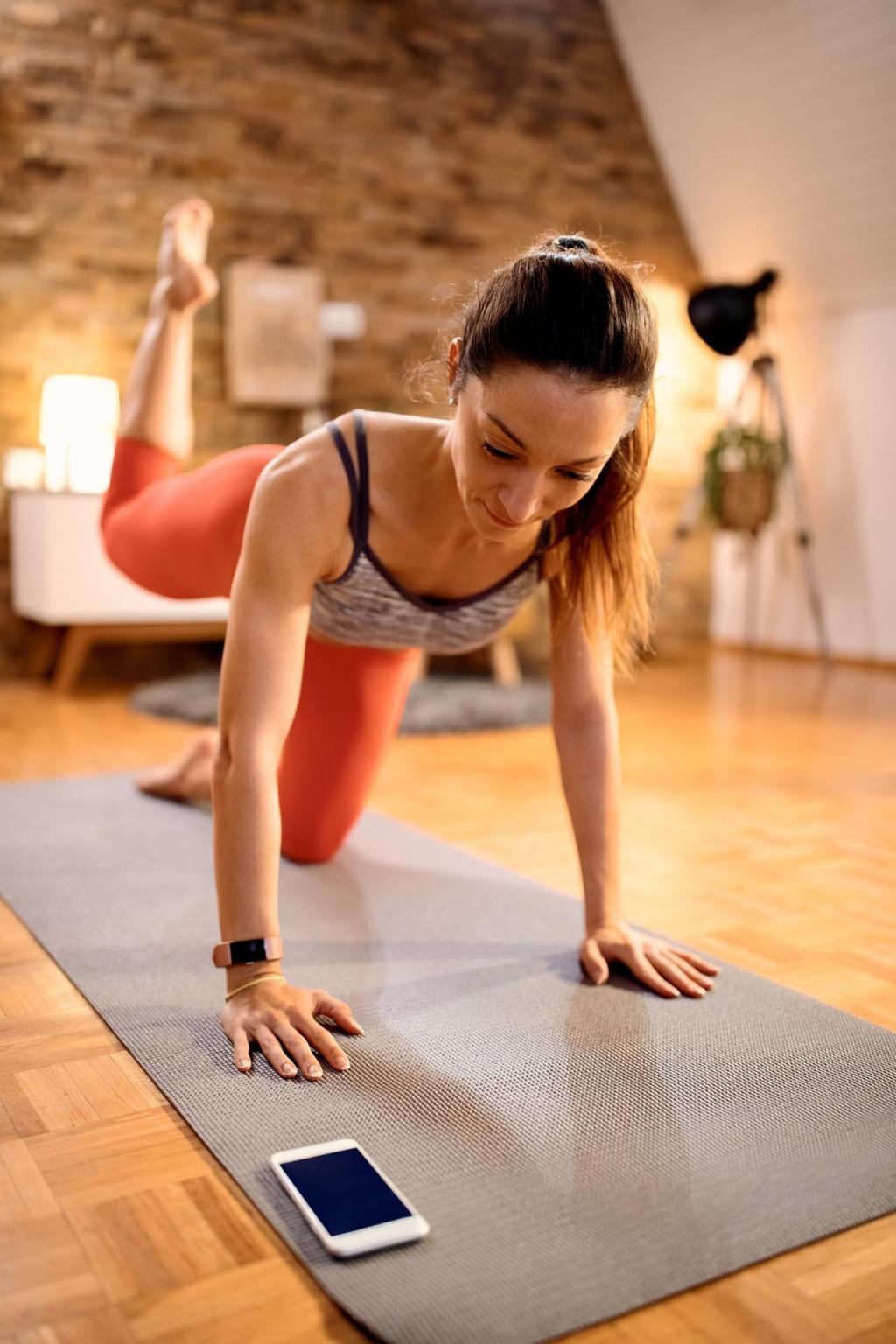
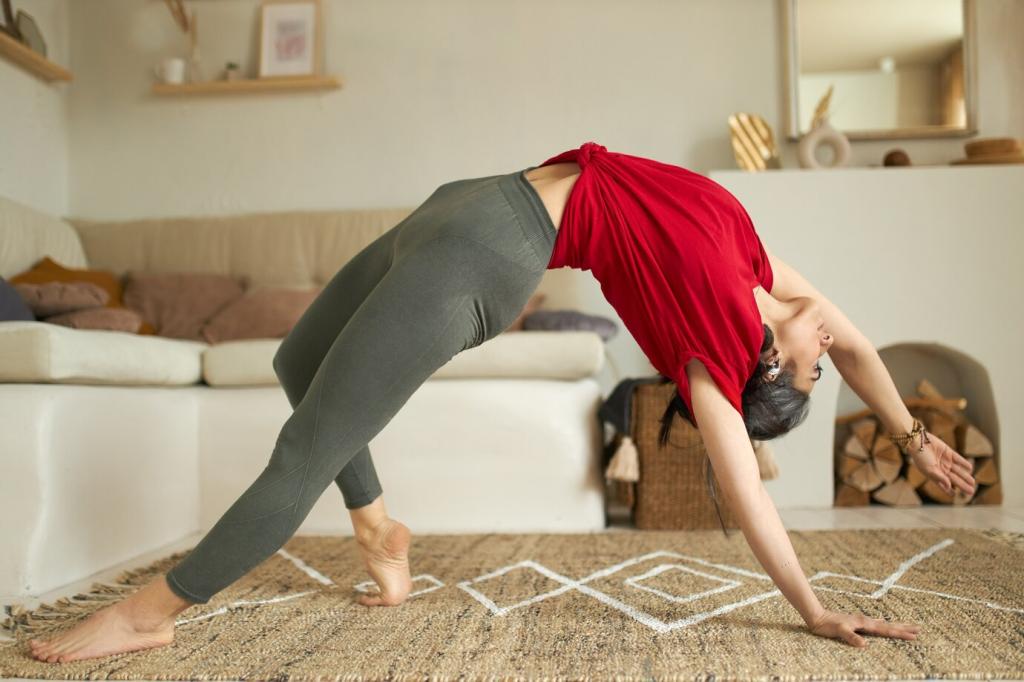
Tiny Rituals, Lasting Habits
Pair five breaths in Mountain with boiling the kettle, or one Child’s Pose with starting your computer. Tiny, repeatable anchors compound. Tell us your favorite cue, and subscribe for fresh micro‑routines you can apply immediately.
Tiny Rituals, Lasting Habits
After each mini‑session, note mood, tension level, and energy. Patterns reveal which breath‑pose pairings serve you best. Share a week of observations in the comments to inspire others experimenting with similar short practices.
